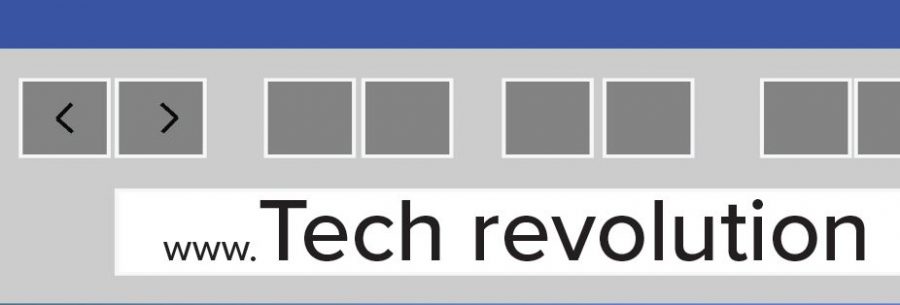The 1990s, in some ways, was the true beginning of the electronic age. Personal computers evolved from curiosities into essential, ubiquitous parts of everyday life. Information evolved from physical print to digital libraries. Internet and wireless communications extended across the globe and made it possible for billions of people to connect with one another.
Microsoft Windows 3.0—a personal computer interface—hit the market in 1990. Windows mimicked many features of Apple Macintosh’s proprietary operating system. Unlike Apple, Windows could be installed on less-costly hardware by a host of different manufacturers. PC users saw fonts, graphics and color pictures; they could point-and- click with a mouse and multitask (do several things at once on different parts of the screen). Millions of people could own affordable, easy to use computers.
The World Wide Web, a graphical version of the Internet, was invented by Tim Berners-Lee and debuted in 1991. Mosaic, the first easy-to-use web browser program, emerged in 1993 and was soon followed by Netscape Navigator. “Surfing” the Web became a widespread pastime and obsession, even if most users had to surf the Web by plugging their computers into phone lines and connecting at glacial speeds.
By the mid-‘90s, search engines used software robots to “crawl” the Web and index its content. These software robots made it possible to
find web pages and information by searching for keywords, which transformed how people gathered and shared knowledge.
Entrepreneur Jeff Bezos launched Amazon.com—which sold books he stored in a garage—in 1995. It was the beginning of online commerce, which is now a major part of the world economy.
The mobile phone, an invention developed over the ‘70s and ‘80s, also began to drastically alter the way people communicated. By the mid-‘90s, bulky brick- sized phones gave way to slim, pocket-sized devices, such as the Motorola StarTAC, which was the first “flip phone” with a fold-up keypad. At around the same time, the increasing availability of SMS, a service which allowed users to send text messages to others over the phone, created a whole new, abbreviated version of the English language.
In 1997, movies recorded on DVDs appeared on the market for the first time. The shiny, plastic discs would replace videotape as the way people watched movies at home.
In 1998, a Korean company unveiled the MPMan F10, the first portable device that played music recorded in MP3 format. This invention paved the way for a future in which songs would become individual commodities sold or traded over the Internet.






